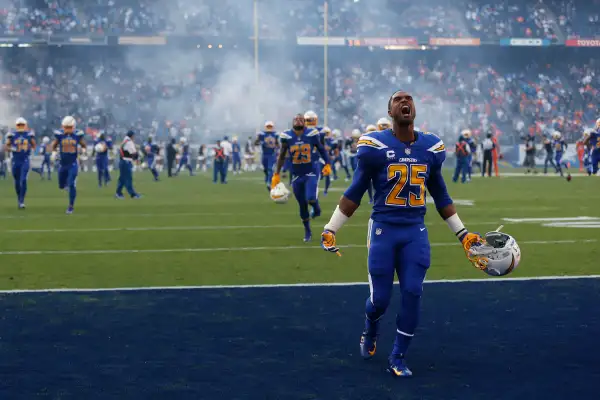Nearly $20 of Your Monthly Cable Bill Is Just to Pay for Sports

The typical cable bill in America recently crossed the $100-per-month mark. According to the Leichtman Research Group, cable bills rose 39% from 2011 to 2015—roughly eight times the rate of inflation—and the mean pay-TV package was recently measured at $103 per month, up 4% from 2015.
This may seem extremely surprising in light of discounted triple-play bundles offered to new subscribers, which provide Internet, phone, and hundreds of TV channels for under $100 per month. But after introductory rates expire, it's standard practice for Comcast, DirecTV, and other providers to steadily jack up monthly bills unless you call to complain and threaten to leave ditch the service. Hence the rise of the typical cable package price to over $100.
Beyond mere greed on the behalf of pay TV providers, the main reason customer bills are skyrocketing is the rising cost of content. And no content costs more than live sports. The Los Angeles Times recently cited data from SNL Kagan showing just how much of cable customers' bills goes toward sports.
In 2017, the firm forecasts that $18.37 out of the typical cable subscriber's monthly bill will be allocated just to sports networks like ESPN and Fox Sports. In areas like Los Angeles and New York City where pay-TV providers tack on extra fees for special sports channels featuring local teams, the money going to sports networks is higher still—perhaps $20 to $25 each and every month. As of 2001, by contrast, only $2.85 out of the the average cable customer's bill went to sports.
The prices commanded for live sports content is only going to increase in the years ahead. Live sports is viewed as the one major force that stops a large chunk of the population from dropping traditional pay TV packages for cheaper streaming services. The NFL, NBA, NHL, and Major League Baseball know how badly the cable channels and pay-TV providers need sports to keep subscription rates high, and negotiate multi-billion-dollar broadcasting deals accordingly. For that matter, it's not just pro sports: Last season's NCAA men's basketball championship was broadcast on cable for the first time ever rather than one of the free networks due to the terms of a contract worth $1.1 billion annually.
Read Next: 5 Live Streaming Sports Services Every Cord Cutter Must Know About
What can a sports lover do, other than continue getting gouged? It's worth checking out new streaming services like DirecTV Now, which includes around 100 channels for $35, as well as the older service Sling TV, which streams 20 channels from just $20 per month. The problem is that while both services include some cable sports channels, they are unlikely to host regional sports networks—so you might not be able to watch your local teams. What's more, with any streaming service, you'll have to pay up for high-speed Internet. So what you wind up paying out of pocket could be no lower than your old cable bill.
As for people who couldn't care less about sports, they're the ones who should really be outraged by how much of their cable bills goes towards content they never watch. And they're the ones who should most definitely consider dropping cable, if they haven't already. They alternatives include switching to a "skinny" bundle without sports offered by their pay TV provider, one of the streaming streaming services cited above, a subscription to on-demand streaming content via Hulu, Netflix, or Amazon Prime, or some combination therein.
